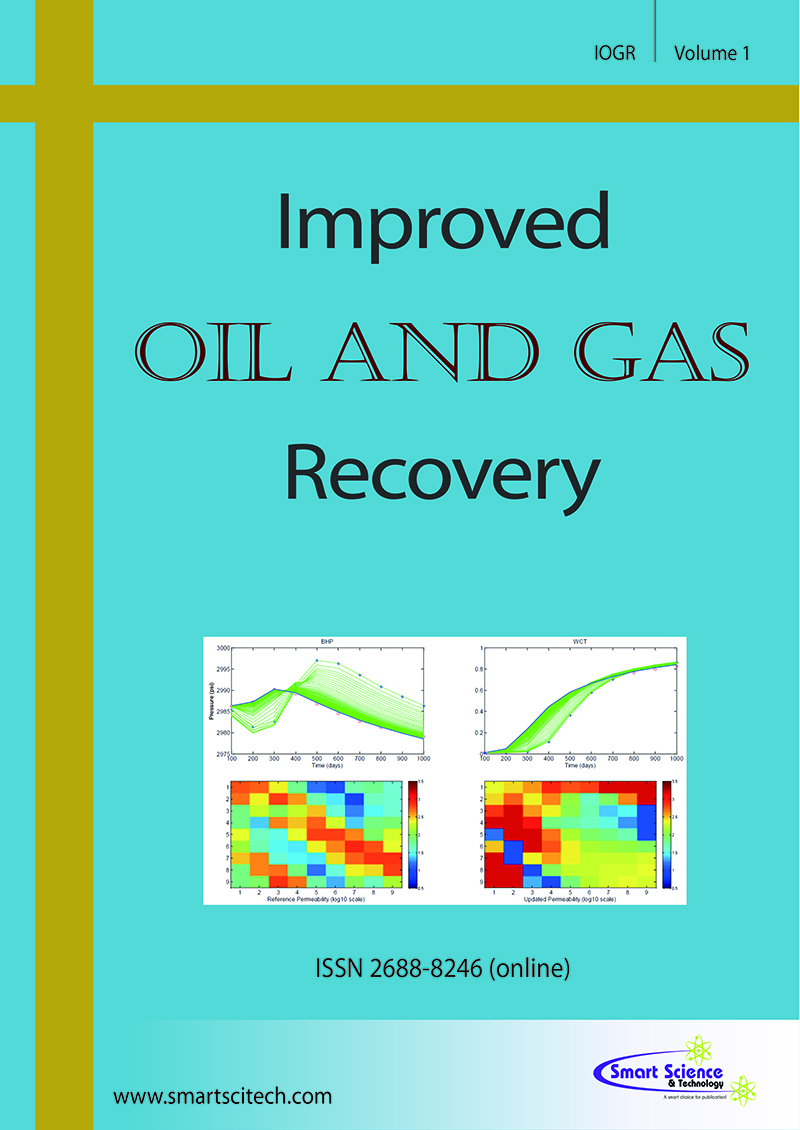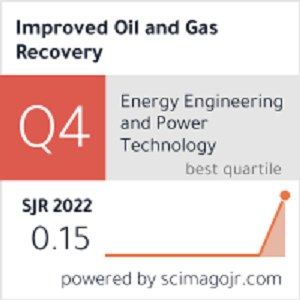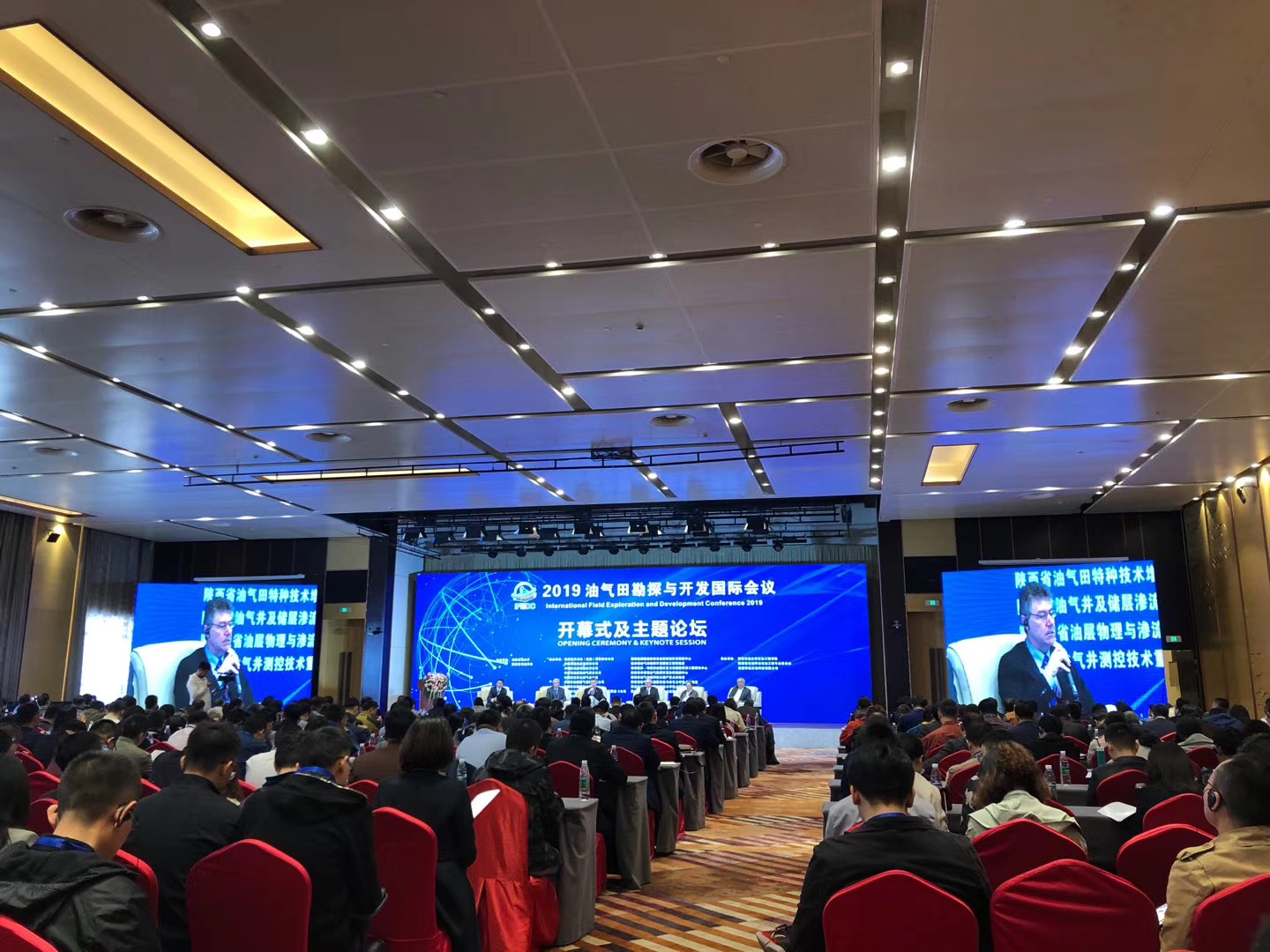Reservoir Simulation of CO2 Sequestration in Brine Formation
DOI: 10.14800/IOGR.1227
Abstract
Considering the long-term and slow processes of CO2 Sequestration in brine formation, it is hardly to systematically investigate the underlying mechanisms of CO2 sequestration in a saline aquifer with bench-scale experiments. In this work, a simulation research of CO2 sequestration in a real saline aquifer is proposed and conducted to probe the effects of CO2 injection on the formation and the potential CO2 sequestration mechanisms. To be specific, the simulation of CO2 sequestration is carried out with both homogeneous model and heterogeneous model. The former is aiming to investigate the effect of CO2 injection rate on the reservoir conditions and the formation properties. Also, the latter is focused on unveiling the impacts of heterogeneity of formation properties and geological structure, two importantly inherent properties of a real saline aquifer, on the CO2 distribution and trapping. The results show that the distribution of pH is affected by the distance to the injector, geological structure and heterogeneity of permeability. The lowest pH, which is controlled by the maximum formation pressure and corresponding solubility of CO2, can be found in the location of CO2 injector. The porosity changes caused by the reaction with solid minerals in both two models are quite small after 30 years of CO2 injection. Meanwhile, the maximum formation pressure is undisputedly located at the CO2 injector. Then, the formation pressure will gradually decrease with an increase in the distance to the injector satisfying a power function.
Downloads
Published
How to Cite
Issue
Section
License
Copyright (c) 2023 The Author(s)

This work is licensed under a Creative Commons Attribution 4.0 International License.












